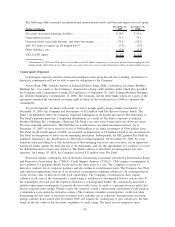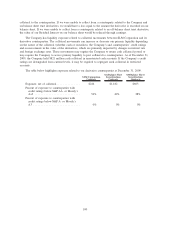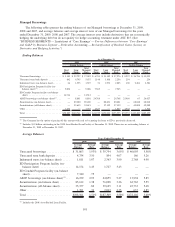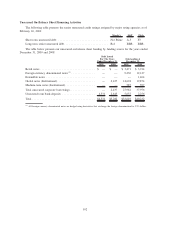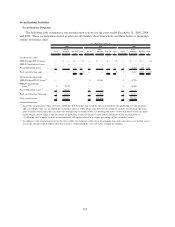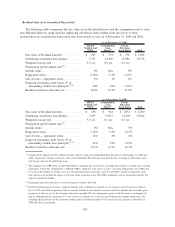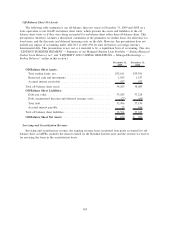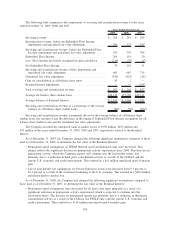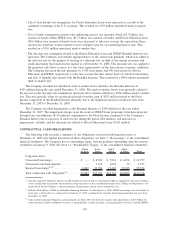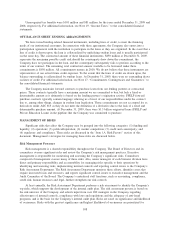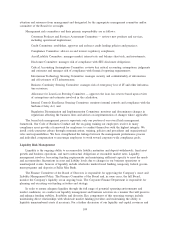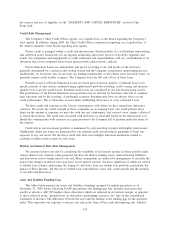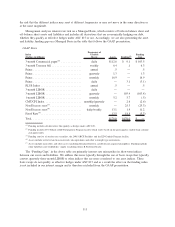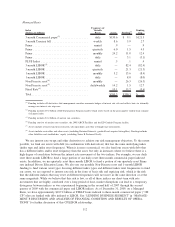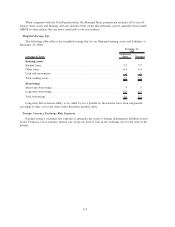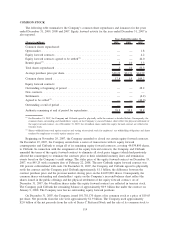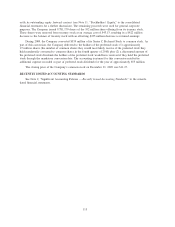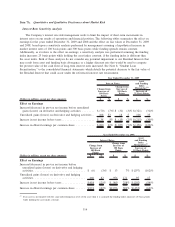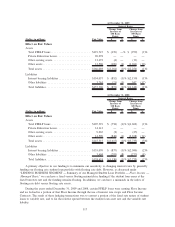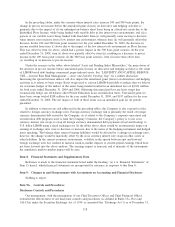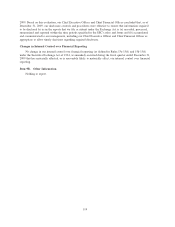Sallie Mae 2009 Annual Report Download - page 110
Download and view the complete annual report
Please find page 110 of the 2009 Sallie Mae annual report below. You can navigate through the pages in the report by either clicking on the pages listed below, or by using the keyword search tool below to find specific information within the annual report.attention and resources from management and designated for the appropriate management committee and/or
committee of the Board for oversight.
Management risk committees and their primary responsibility are as follows:
Consumer Products and Services Assessment Committee — reviews new products and services,
including operational implications;
Credit Committee: establishes, approves and enforces credit lending policies and practices;
Compliance Committee: advises on and reviews regulatory compliance;
Asset/Liability Committee: manages market, interest rate and balance sheet risk, and investments;
Disclosure Committee: manages risk of compliance with SEC disclosure obligations;
Critical Accounting Assumptions Committee: reviews key critical accounting assumptions, judgments
and estimates and manages risk of compliance with financial reporting requirements;
Information Technology Steering Committee: manages security and confidentiality of information
and effectiveness of IT infrastructure;
Business Continuity Steering Committee: manages risk of emergency loss of IT and other infrastruc-
ture resources;
Allowance for Loan Loss Steering Committee — approves the loan loss reserve based upon review
of assumptions and estimates involved in the calculation;
Internal Controls Excellence Steering Committee: monitors internal controls and compliance with the
Sarbanes-Oxley Act; and
Regulation Dissemination and Implementation Committee: monitors and disseminates changes in
regulations affecting the business lines and advises on implementation of changes where applicable.
The formal risk management process represents only one portion of our overall risk management
framework. Our Code of Business Conduct and the on-going training our employees receive in many
compliance areas provide a framework for employees to conduct themselves with the highest integrity. We
instill a risk-conscious culture through communications, training, policies and procedures and organizational
roles and responsibilities. We have strengthened the linkage between the management performance process
and individual compensation to encourage employees to work toward corporate-wide compliance goals.
Liquidity Risk Management
Liquidity is the ongoing ability to accommodate liability maturities and deposit withdrawals, fund asset
growth and business operations, and meet contractual obligations at reasonable market rates. Liquidity
management involves forecasting funding requirements and maintaining sufficient capacity to meet the needs
and accommodate fluctuations in asset and liability levels due to changes in our business operations or
unanticipated events. Sources of liquidity include wholesale market-based funding, temporary federal govern-
ment programs and deposits at Sallie Mae Bank.
The Finance Committee of the Board of Directors is responsible for approving the Company’s Asset and
Liability Management Policy. The Finance Committee of the Board and, in some cases, the full Board,
monitor the Company’s liquidity on an ongoing basis. The Corporate Finance Department is responsible for
planning and executing our funding activities and strategy.
In order to ensure adequate liquidity through the full range of potential operating environments and
market conditions, we conduct our liquidity management and business activities in a manner that will preserve
and enhance funding stability, flexibility and diversity. Key components of this operating strategy include
maintaining direct relationships with wholesale market funding providers and maintaining the ability to
liquidate unencumbered assets if necessary. For a further discussion of our liquidity and capital resources and
109


